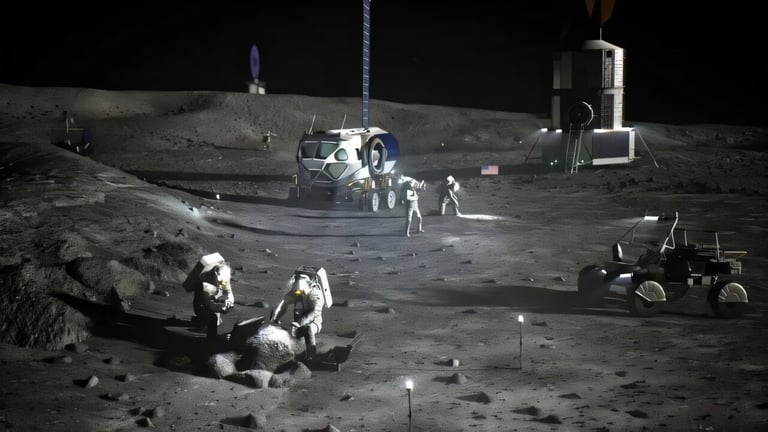Breakthrough in Thermoelectric Generators Boosts Lunar and Mars Habitat Power Efficiency
August 25, 2025
These improvements in thermoelectric generator (TEG) technology could enable long-term lunar habitation and lay the groundwork for future crewed missions to Mars, aligning with NASA's Moon to Mars strategy.
Advancements in thermoelectric power generation are crucial for developing sustainable technologies for lunar and Mars habitats, supporting humanity's ambitions for deep space settlement.
While Radioisotope Thermoelectric Generators (RTGs) have been successfully used on lunar and Mars missions, their limitations for long-term use due to radioactive decay make them less ideal for extended missions.
Despite their drawbacks, RTGs are still considered for certain missions, with NASA planning to deploy them in upcoming projects like the Dragonfly drone scheduled for launch in July 2028.
NASA is exploring various power sources for lunar missions, including RTGs for specific applications and nuclear fission reactors as promising alternatives for sustainable energy.
Ensuring consistent energy supply aligns with NASA's goal of supporting long-term human presence on the Moon and advancing deep space exploration initiatives.
Recent research highlights how thermoelectric generators can enhance power efficiency for lunar habitats by exploiting the Moon's extreme temperature differences between day and night.
Innovative in situ resource utilization (ISRU) technologies, like advanced TEGs with multiple heat storage components, can reduce reliance on Earth-based power supplies and promote sustainable lunar settlement.
A novel TEG system with multiple heat storage units has demonstrated a 48.9% increase in power generation efficiency under lunar conditions, marking a significant step forward in lunar power technology.
The agency's future plans also include using nuclear power options, such as fission reactors, to meet the energy demands of lunar surface operations.
Reliable power sources are vital for establishing sustainable human bases on the Moon, which is a key component of NASA's Artemis program and broader deep space exploration efforts.
Summary based on 2 sources

